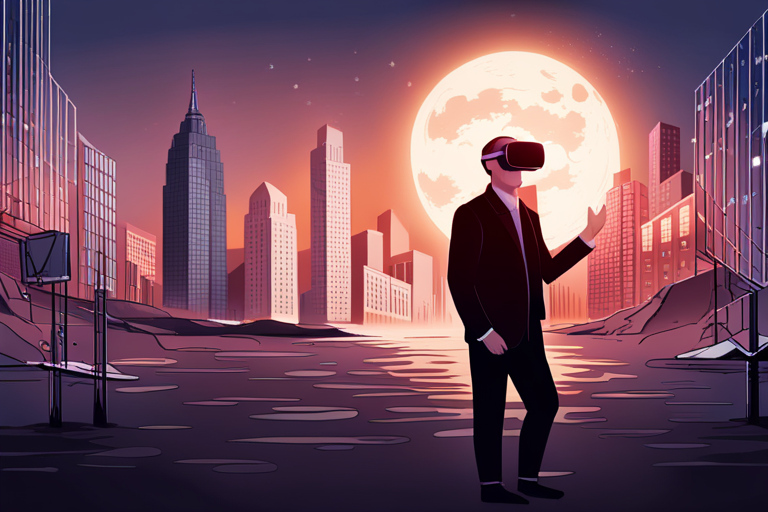In an age where the lines between reality and digital experiences are increasingly blurred, immersive journalism has emerged as a revolutionary medium. By leveraging technologies like virtual reality (VR), augmented reality (AR), and artificial intelligence (AI), journalists are not only telling stories but plunging audiences directly into the narrative. This article explores the intersection of journalism, art, and culture through the lens of immersive storytelling, examining how it reshapes empathy, engagement, and the very fabric of truth.
The Evolution of Storytelling Traditional reporting relies heavily on text, audio, and video. Immersive journalism, however, places audiences within the story’s environment. From walking through war-torn streets in Syria to exploring refugee camps firsthand through VR, the immersive approach transcends conventional storytelling by enabling a visceral experience of distant realities.
Art as a Narrative Tool Immersive journalism borrows from the artistic realm to build compelling visual and sensory narratives. By treating storytelling as an art form, journalists collaborate with digital artists, filmmakers, and designers to construct worlds that evoke emotional responses. For instance, the New York Times’ “The Displaced” used VR to transport viewers into the lives of refugee children, creating an artistic and journalistic synthesis that profoundly impacted public awareness and policy debates.
Cultural Implications and Ethical Considerations While immersive journalism can deepen cultural understanding, it also raises ethical questions. How much artistic interpretation distorts the facts? Can immersion create biases rather than empathy? The article navigates these dilemmas by discussing the balance between creative liberties and journalistic integrity.
Conclusion As immersive journalism continues to evolve, it not only transforms media consumption but also challenges our perceptions of art, culture, and truth. This new frontier signals a shift where journalism is no longer just consumed but lived.

